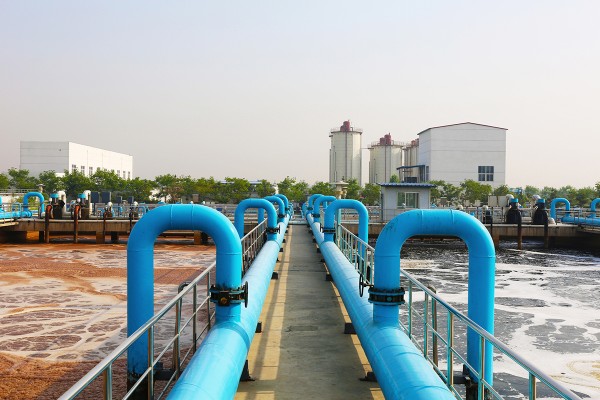Trenchless, Non-Invasive Pipe Rehabilitation and Restoration
US pipelining has an effective CIPP system for water supply and wastewater pipeline restoration that can be used to rehabilitate and restore damaged pipes in commercial, institutional, and municipal waste pipelines. Trenchless pipelining is a non-invasive method of pipeline restoration that uses a seamless, jointless, stand-alone dry tube installed inside the existing pipe. The CIPP method is capable of restoring pipes of all sizes ranging from 4 to 120 inches in diameter and can negotiate sharp corners and bends.
Benefits of Trenchless CIPP Repair and Restoration
Reduced Infiltration: damaged pipes seep water into the water supply or wastewater system through cracks, holes, breaks, and creaky joints. The raw water can contaminate your water supply or overwhelm wastewater treatment and drainage systems. US Pipelining CIPP can help reduce or eliminate infiltration and leakages from your pipeline systems.
In dry zones, plants and trees find water supply networks and sewer systems an attractive source of water and nutrients. Roots enter through cracks and other defects to create blockages and overflows. CIPP is robust enough to prevent leakages and perforation by roots to keep the pipeline in good condition and avoid blockages.
Apart from protecting your pipes, CIPP will reduce the maintenance costs for your water supply, treatment, and sewerage facilities and also prevent environmental disasters caused by pipe damage and overflows.
Structural Integrity: US Pipelining CIPP system complies with ASTM F1216 Standards and produces a structurally robust pipeline that can serve you for 50 to 100 years or even more. The method restores the structural integrity of your damaged pipes, extending their life without needing to excavate or replace the existing pipes.
Improved Flow: the restoration method used by US Pipelining causes the least cross-sectional reduction compared to all the other methods used to rehabilitate damaged pipes. Despite the minimal cross-sectional reduction, CIPP creates a smooth, jointless interior, which improves the flow capacity of the host pipe. There are no joints or valves that can unravel over time while the smooth interior reduces friction and provides excellent abrasion resistance.

Cost-Effective and Convenient Service: the CIPP method used by US Pipelining is much cheaper than the conventional methods of pipe restoration and rehabilitation. It does not require excavation or the removal of the existing pipe, meaning that the labor costs are much lower than traditional excavation methods.
In addition, you save on the operational costs caused by disruption during conventional restoration projects. There are also social and aesthetic benefits as the risk of spillage is minimal, and the landscape remains intact.
Installation Flexibility: US Pipelining CIPP method offers flexibility during installation and curing. The pipe liner can be pulled into place or inverted under air or water pressure. The curing can also be done with steam or hot water.
All the processes comply with nationally accepted standards, and the materials used have undergone ISO-certified quality control. Since each job has unique requirements, the project manager will apply the most cost-effective and technically appropriate method to every pipeline restoration project.
Conclusion
US Pipelining CIPP method is an effective and proven pipeline rehabilitation and restoration method that can be used on commercial, institutional, and municipal water supply and sewerage systems. The liners are structurally robust and can last longer than conventional pipes. It is a cost-effective method that can be used in any facility with minimal disruption.